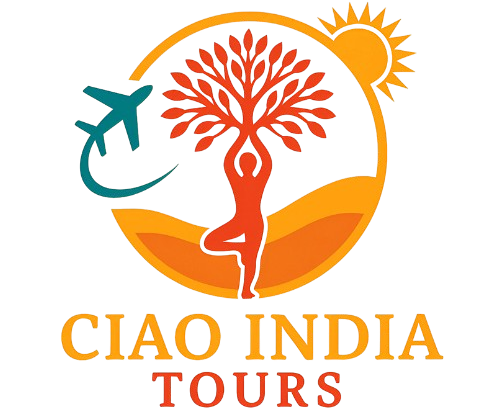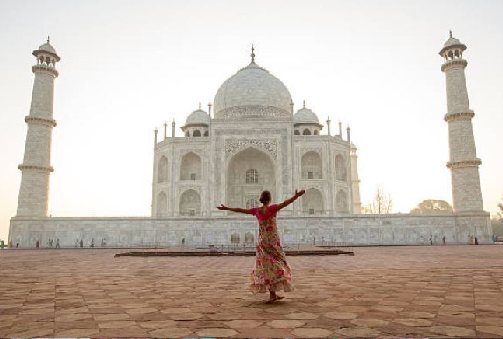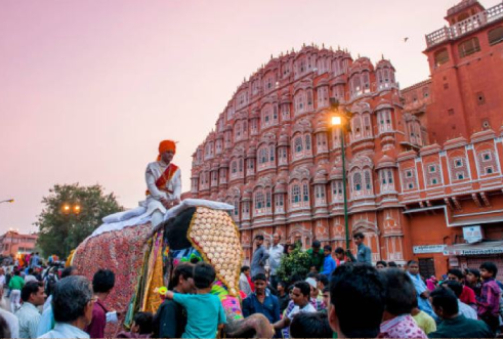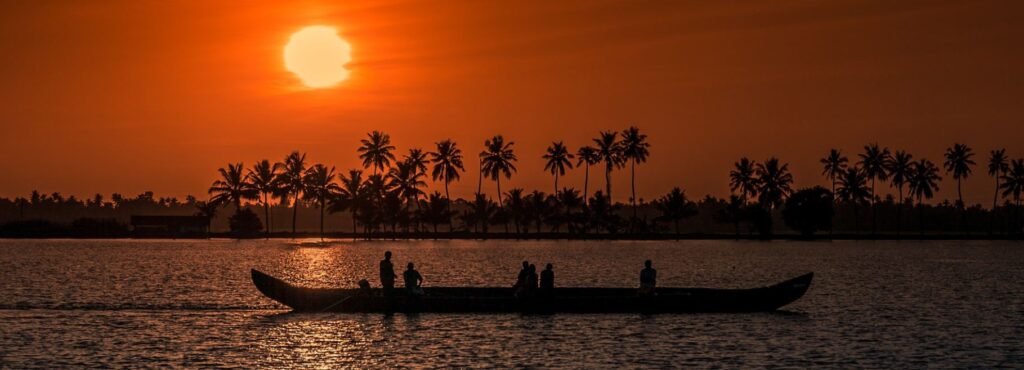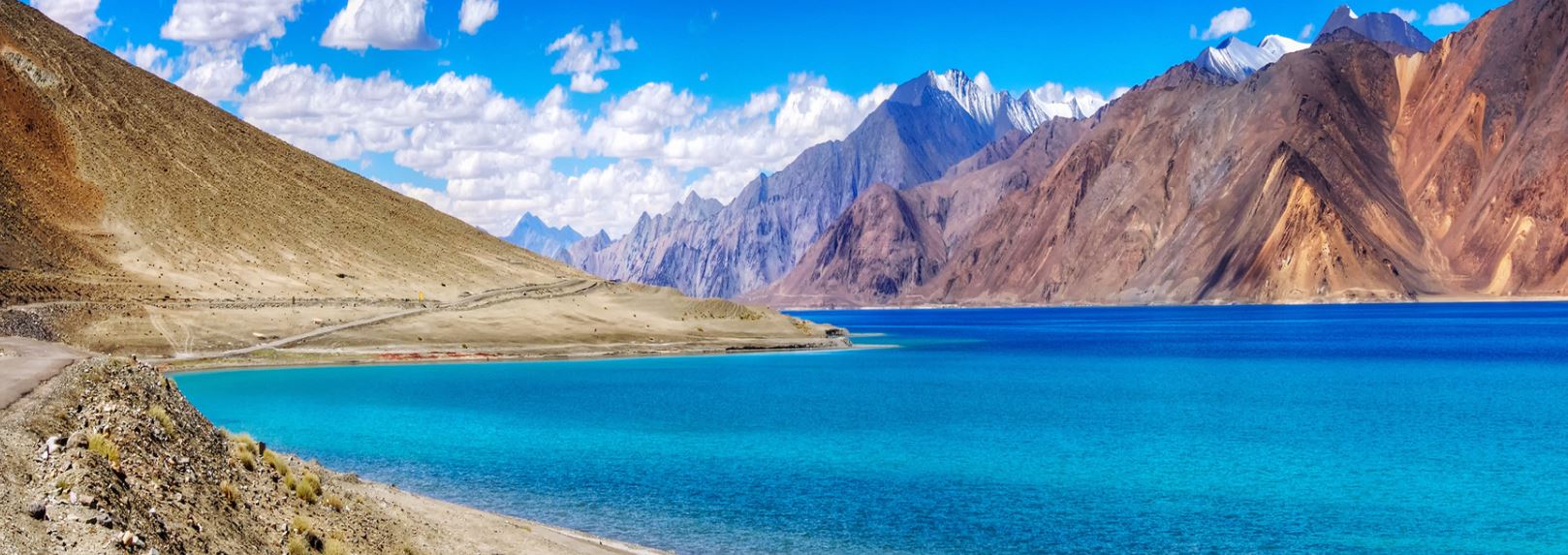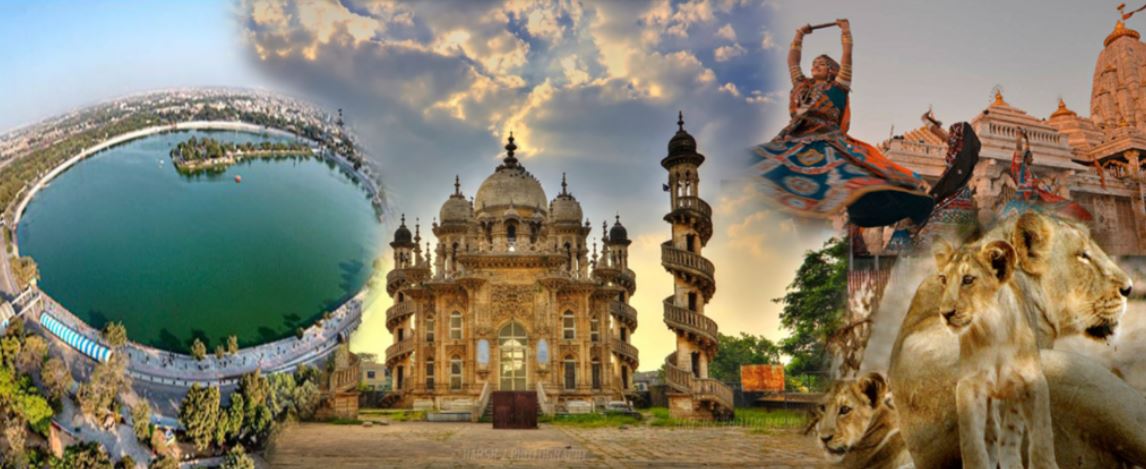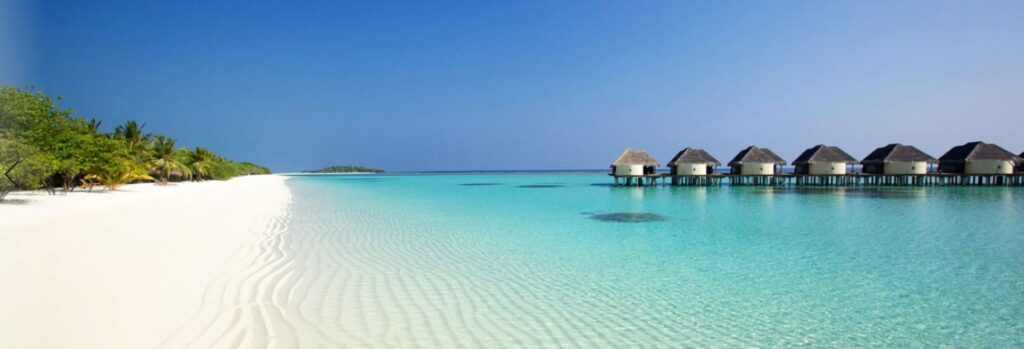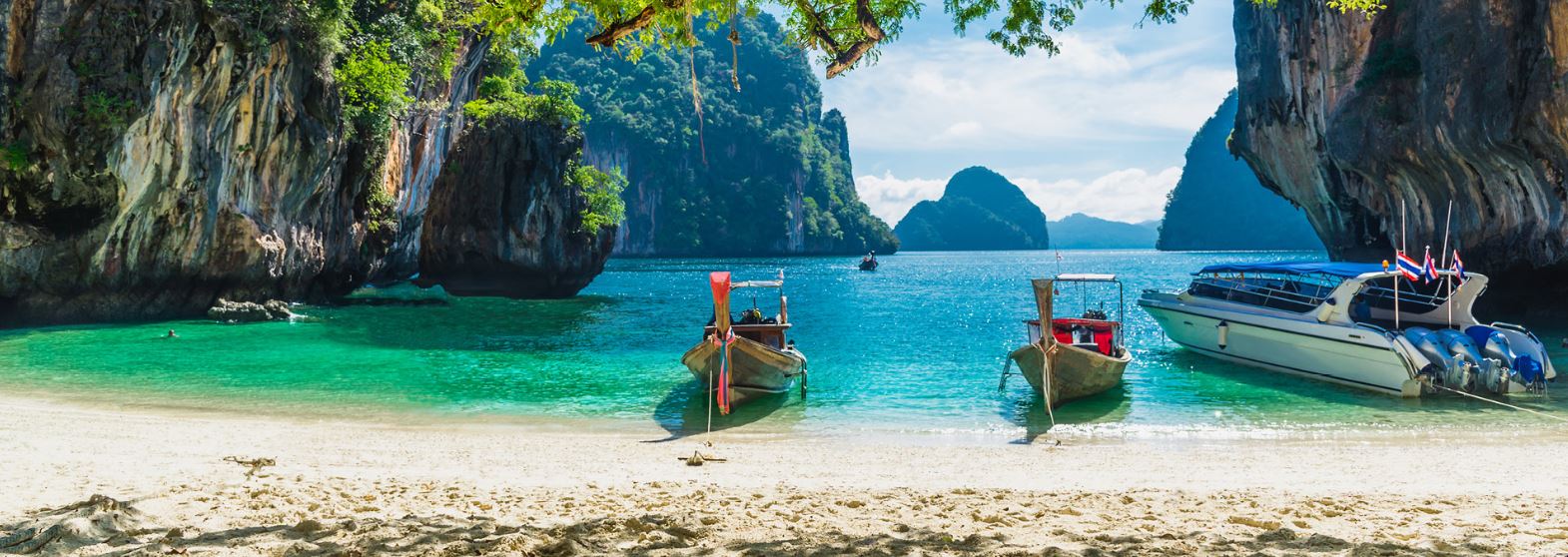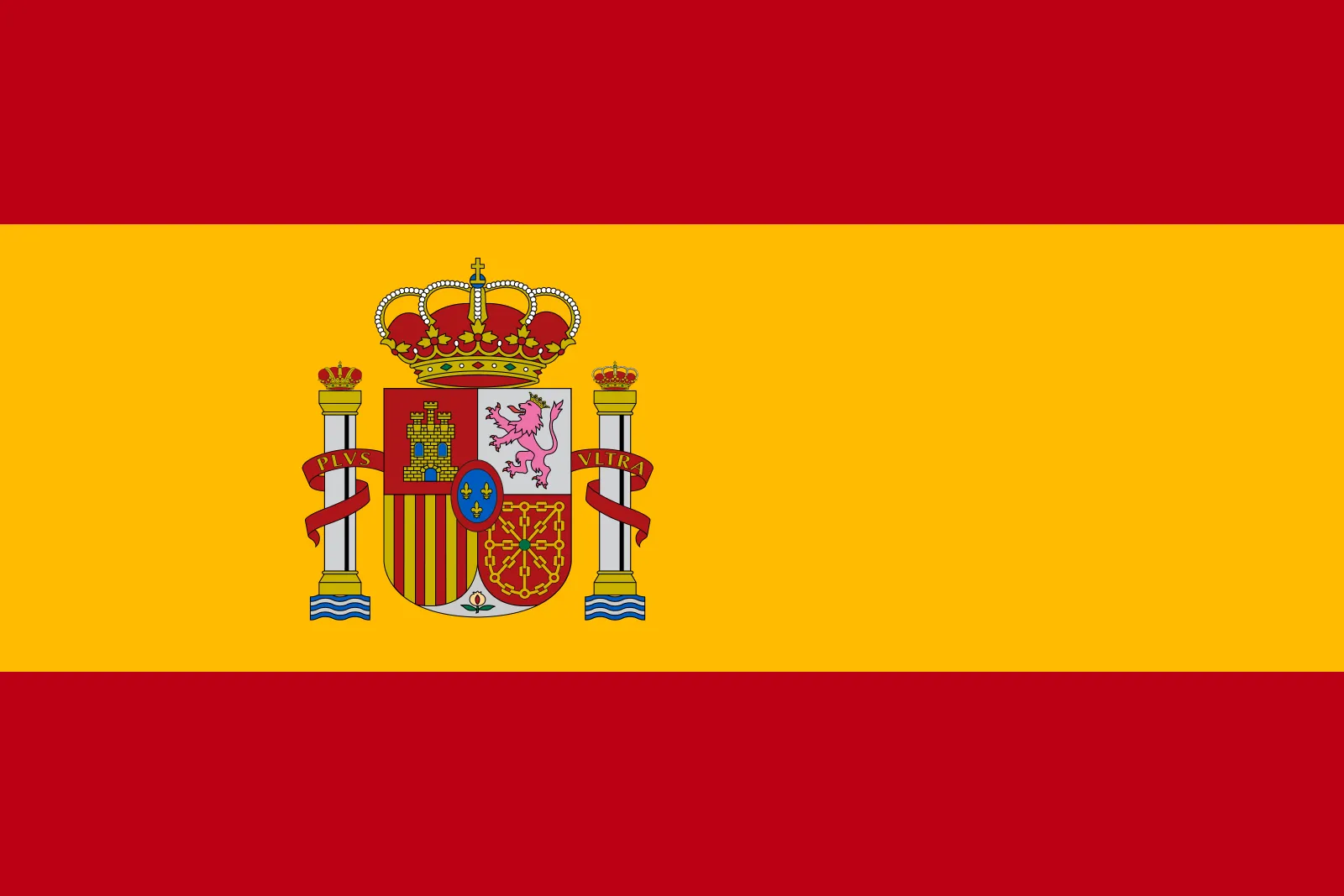All our tours are 100% customizable
Cultural tour of Rajasthan – 21 nights/22 days
Price to be reconfirmed - 1645 Euro/pp minimum -02 persons
Delhi-Agra-Fatehpur Sikri-Abhaneri-Jaipur-Pushkar- Jodhpur Ranakpur—Udaipur-Ahmedabad- Siddhapur- -Bajana-Bhuj-Anjar-Gondal-Junagad-Sasan-Gir-Somnath-Diu-Vanakbara-Palitana-Bhavnagar-Lothal-Vadodara-Jambughoda-Champaner-Pavagadh-Ahmedabad
Day 1 Arrival in Delhi
Arrival at New Delhi International Airport.
Once the immigration procedures have been completed and your luggage has been collected, our operator will wait for you outside the Terminal for transfer to the hotel.
Arrival at the hotel and check-in. Standard check-in at 2:00 p.m. / Check-out at 12:00 p.m.
After breakfast visit
Jama Masjid: – The largest and best-known mosque in India, stands not far from the Red Fort and Chandni Chowk, the oldest and busiest market in old Delhi
Old Delhi: – The characteristic atmosphere of Delhi’s markets can be best enjoyed in Chandni Chowk and generally in the narrow streets teeming with vendors and goods of all kinds at all hours.
Red Fort (Photo stop): – It is one of the works commissioned by the Mughal emperor Shah Jahan in the 17th century, its construction took approximately 9 years of work and 10 million rupees.
Raj Ghat :- Memorial marking the cremation site of Mahatma Gandhi, a man known as the Father of the Nation and a symbol of world pacifism.
India Gate: – In the centre of New Delhi stands the 42 m high India Gate, an “Arch of Triumph” like arch in the middle of a crossroads. Almost similar to its French counterpart, it commemorates the 70,000 Indian soldiers who lost their lives fighting for the British Army during the First World War.
Rashtrapati Bhavan and The Parliament Building (Photo stop) – Home to the president of the world’s largest democracy, you can also see the old and new parliament house.
Laxmi Narayan Temple: – Lord Narayan is with his consort Goddess Laxmi (the goddess of prosperity), so the temple is called Laxminarayan Temple.
Gurudwara Bangla Sahib: – It is one of the most important Sikh gurdwaras, or house of worship of the Sikhs, linked to the eighth Guru, Guru Har Krishan, it is also known for the swimming pool inside its complex, known by the name of “Sarovar”.
Overnight stay in Delhi.
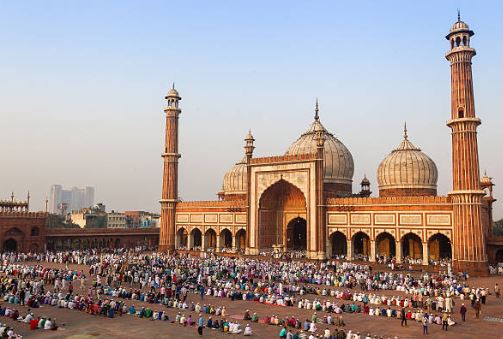
Day 2 Delhi-Agra (244 km, 4 hours and 15 minutes)
After breakfast. Depart to Agra
On arrival visit Taj Mahal, one of the seven wonders of the world and a must-see for anyone visiting India, it is considered the most romantic work of art in existence. The construction of this jeweled palace, a symbol of Shah Jahan’s undying love for his beautiful wife Mumtaz Mahal, who died after giving birth to her fourteenth child, was completed in 1653 AD
After visiting the Taj Mahal, proceed to visit the Agra Fort.
Agra Fort – The crescent-shaped Agra Fort lies along the banks of the Yamuna River and was commissioned in 1565 by Akbar, one of the greatest Mughal emperors.
Itimad ud daula – Built by Nur Jahan, in memory of his father Ghias-ud-Din Beg, who was given the title ‘Itimad-ud-Daulah’, meaning ‘Pillar of Government’.
Mehtab Bagh – This beautiful garden is located on the western bank of the Yamuna River and is in perfect alignment with the Taj Mahal Gardens located on the other side of the river.
Overnight in Agra.
Day 3 Agra-Fatehpur Sikri-Abhaneri-Jaipur (241 km 4 hours 30 minutes)
After breakfast drive to Agra.
On the way visit the Fatehpur Sikri and then world famous Chand Baori well located in the small village of Abhaneri.
Fatehpur Sikri –Built by the Mughal emperor Akbar in the mid-16th century, Fatehpur Sikri (or City of Victory) was the capital of his empire for 15 years. Built in the Indo-Islamic style, Sikri is a red sandstone complex filled with palaces, mosques, temples and other structures.
Abhaneri is famous for its ‘bhaori’, wells dug by natives to collect rainwater. These structures, depending on the time of year, are used as places to cool off or as water tanks. Chand Baori is the most popular of the wells in the region and is one of the deepest and largest in India
Overnight in Jaipur.
Day 4 Jaipur
After breakfast
Visit Amer Fort: (Optional – Elephant ride)- Amer is a city with an area of 4 square kilometres (1.5 sq. mi) located 11 kilometers (6.8 mi) from Jaipur, the capital of Rajasthan. Located on top of a hill, it is the main tourist attraction in the Jaipur area.
Jal Mahal (Photo Stop): – Jal Mahal is a work of art which is located in the center of Man Sagar lake, the palace will give you the illusion of almost floating on top of the lake and that is the moment when this The sight takes your breath away.
Jantar Mantar:- It is an equinoctial sundial, consisting of a gigantic triangular gnomon with the hypotenuse parallel to the axis of the earth
Hawa Mahal (Outdoor Photo Stop): – Hawa Mahal (English translation: “Palace of Winds” or “Palace of Breeze”) is a palace in Jaipur, India, hence its name because it was essentially a wall of tall screen built in a way that women of the royal family could observe street festivals without being seen from the outside
City Palace, Jaipur, comprising the Chandra Mahal and Mubarak Mahal palaces and other buildings, is a palace complex in Jaipur, the capital of the state of Rajasthan, India. It was the seat of the Maharaja of Jaipur, the head of the Kachwaha Rajput clan.
Local Market: – Jaipur which is famous for jewellery and clothing is most visited by people who love both. There are many famous markets in Jaipur selling precious stones, gems, semi-precious stones and jewellery with limited warranty. buy all this .
Overnight in Jaipur.
Day 5 Jaipur-Pushkar (148 KM, 2 Hours 57 Minutes)
After breakfast
Visit Galtaji Temple: – The temple is also known as the monkey temple as there are many monkeys in it. The temple is dedicated to the god Hanumana, built in the 16th century by Diwan Rao Kriparam, who was an advisor to King Sawai Jai Singh II.
Depart to Pushkar.
On arrival visit Pushkar is a city overlooking the Thar Desert in the north-eastern Indian state of Rajasthan. It is located on Lake Pushkar, a Hindu sacred site with 52 Ghats (stone stairs) where pilgrims bathe
The Brahma Temple: – The structure dates back to the 14th century. The temple is said to have been built by sage Vishwamitra after the yagna (ritual) of Brahma. It is also believed that Brahma himself chose the site for his temple.
Pushkar Lake: – It is a sacred lake of Hindus. Hindu scriptures describe him as ‘Tirtha-Guru’, the perceiver of pilgrimage sites linked to a body of water and link him with the mythology of the creator god Brahma, whose most important temple is located in Pushkar.
Overnight in Pushkar.

Day 6 Pushkar-Chittorgarh-Udaipur (324 Km, 6 Hours)
After breakfast, drive to Udiapur.
On the way visit the world famous city of Chittorgarh.
Visit Vijay Stambha:- The Jaya Stambha or Victory Tower, located in Chitor Fort, was erected by Rana Kumbha (ruled 1433-1468) in 1448 to commemorate his victory over the Muslim ruler of Delhi.
Chittorgarh Fort: – The Vijaya Stambha (Victory Tower) or Jaya Stambha, called the symbol of Chittorgarh and a particularly bold expression of triumph, was erected by Rana Kumbha between 1458 and 1468 to commemorate his victory over Mahmud Shah El Khaljis, the Sultan of Malwa, in 1440 AD.
Rana Kumbha Palace: – It is one of the major attractions located inside Chittorgarh Fort near Vijaya Stambha. Originally, the palace was built by Bappa Rawal in 734 AD and later rebuilt by Maharana Kumbha.
Rana Ratan Singh Palace: – Located along Ratneshwar Talab, this palace is one of the best places to visit in Chittorgarh. Ratan Singh Palace is attributed to Rana Ratan Singh II (1528 – 31 AD). It has a rectangular plan and is enclosed by a high wall.
Kirti Stambha: – The 22 meter (72 ft) tower was built by a Jain merchant Jeeja Bhagerwala during the reign of Rawal Kumar Singh in c. 1179–1191 AD.
Upon arrival in Pushkar, transfer to the hotel.
Overnight in Udaipur

Day 7 – Udaipur
After breakfast Visit Udaipur
No city in Rajasthan is as romantic as Udaipur. This picturesque town sits on the shores of Lake Pichola. Udaipur is the city of lakes, surrounded by natural and man-made lakes, which are relaxing and crystal clear.
Visit City Palace – It is the largest palace complex in Rajasthan and is located on the eastern bank of the serene Lake Pichola. Built of marble and granite in 1725 by Maharana Udai Singh. A fine blend of medieval Indo-European architecture, you will be amazed by the small luxury of its courtyards, stacked walls, terraces, walkways and lush green gardens.
The Jagadish Temple – Next to the City Palace enshrines a black stone image of Lord Vishnu and his vehicle, a powerful bird called Garuda, in a bronze image. The temple is a good example of Indo-Aryan art. A majestic garden located on one of the shores of Lake Fateh Sagar,
Saheliyon-ki-Bari – It features expensive lawns, shady sidewalks and impressive fountains. It is one of the best places in Udaipur to relax. Later enjoy a boat ride on Lake Pichola (depends on water level).
Lake Pichola –The beautiful expanse of water surrounding the two marvellous structures of Jag Niwas and Jag Mandir, is the lifeline of the city of Udaipur.
Overnight in Udaipur.
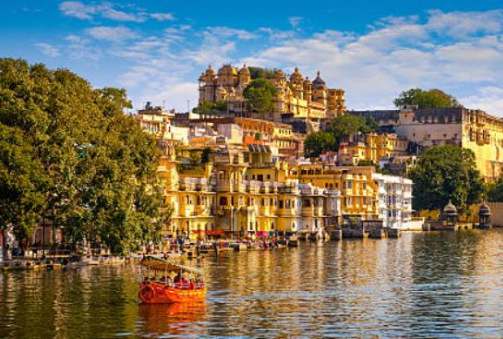
Day 8 Udaipur-Ranakpur-Jodhpur (259 km, 5 Hours)
After breakfast. Departure for Jodhpur
On the way visit the Ranakpur Jain temple – The temples of Ranakpur are acclaimed throughout the world for their intricate and superb architectural style. These temples form one of the five major pilgrimages of Jains
Upon arrival in Jodhpur
Enjoy Bishnoi Village Safari
The Bishnoi village of Jodhpur, Rajasthan is a scenic beauty characterized by Khejri trees and deer. Also in the village is the Guda Bishnoi lake. A person interested in wildlife and exotic nature should definitely visit this town.
The Bishnoi and Opium: Although it is now illegal in India and prohibited by the 29 principles of the Bishnoi, the sect still uses it and has received special consent from the Indian government to use opium for “religious” purposes
Transfer to hotel Overnight in Jodhpur.

Day 9 Udaipur-Ahmedabad (257 Hrs, 5 hours)
After breakfast, departure to Ahmedabad
Upon arrival visit Jama Masjid (literally Friday Mosque), also known as Jumah Mosque, is a mosque in Ahmedabad, built in 1424 during the reign of Ahmed Shah I. Situated in the old walled city,
Adlaj Stepwell Situated in the quiet village of Adalaj, this has served as a resting place for many pilgrims and caravans along their trade routes for many years.
Gandhi Ashram, Sabarmati Ashram (also known as Gandhi Ashram, Harijan Ashram or Satyagraha Ashram) is located in the Sabarmati suburb of Ahmedabad, Gujarat, adjacent to Ashram Road, on the banks of the Sabarmati River, 6.5 km from the Municipality.
Hutheesing Jain Temple: - Established in 1848, Hutheesing Jain Temple is one of the most revered Jain temples in Ahmedabad. Dedicated to the 15th Tirthankara of the Jains, Lord Dharmanath, this two-storied white marble structure houses 11 sculptures of deities.
Overnight stay in Ahmedabad.
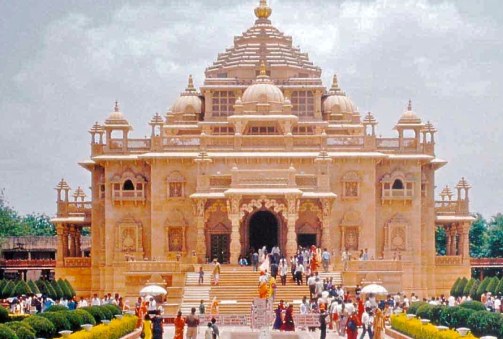
Day 10 - Ahmedabad-Siddhapur-Patan-Modhera-Bajana (Little Rann of Kutch) (240 Km, 5 Hours)
After breakfast the day begins.
Siddhapur: - One goes to Sidhpur to see the beautiful wooden gardens. Their old Havelis and mansions, some over 100 years old, have a distinctly European feel and a walk through the ‘Bohra Vad’ is like a walk through a cigarette lighter-filled England at dusk.
Patan:- Rani ki Vav (Step well). It was built by Queen Udaymati, wife of Bhimdev, between 11th and 12th century. It is the most magnificent and spectacular stepwell and the best example of such water well architecture.
Patan Patola:- Patan Patola of weaving, patan is Famous for patola weaving, Salvi family is one of them who continued this traditional art and preserved it even today. Patola silk is often called the queen of all silk.
Modhera Sun Temple:- Modhera Sun Temple The Modhera Sun Temple dates back to the early 11th century AD and was built by King Bhimdev I in 1026 AD. The Modhera Temple is the most important of all the sun temples built across Gujarat.
Overnight in Bajana.

Day 11 - Bajana (Little Rann of Kutch)-Ajrakhpur-Bhujodi-Bhuj (275 Kms, 5 Hours.)After breakfast, drive to Bhuj.
Ajarakpur :- Established by the Khatri Muslim hand block printers after the 2001 earthquake. Here the artisans practice the “resistance technique” on cotton/silk fabrics using ancient Ajrakh prints and new design motifs.
Dhaneti: - Visit to see the elaborate embroidery work of the Ahir tribe. Dhaneti is the complete Ahir community village and the Ahir women are doing this embroidery. Our visit would witness around 05-10 women at work.
Bhujodi: - community of master craftsmen - Vankar weavers - skilled in traditional handloom weaving including cotton and wool weaving, which you can see as you walk around the village and explore each house.
Upon arrival, transfer to the hotel.
Overnight stay in Bhuj.
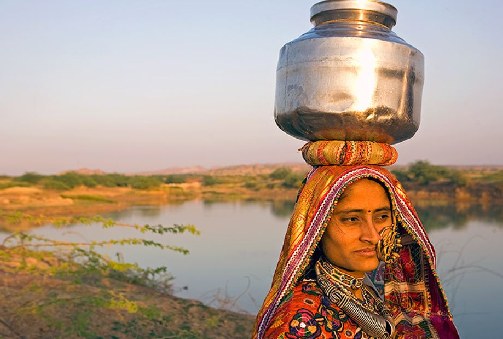
Day 12 - Bhuj-Banni Villages-Greater Rann of Kutch festival-Dhordo-Bhuj
After breakfast.
Visit Banni Villages and Greater Rann of Kutch.
Proceed to visit Banni village enroute take permission (please all clients need to take permission). See various people like Jat, Harijan, Meghawal and Mutva etc. in various villages like Hodka, Ludiya and Dhordo. Banni means “a cluster of village”.
Hodka :- Hodka is derived from the Gujarati word “Hodi” which means “boat”. Since, the villages here are called jheels, where drinking water is available.
Ludiya :- Harijans and Muslims are the major communities of this village. The main occupations are: monsoon agriculture, cattle breeding, intricate wood carving, intricate embroidery, mud work and wall painting for decorating the houses.
Dhordo :- Dhordo to see the beautiful traditional mud houses (Bhungas) with mirror work and its fine Mutwa embroidery with tiny mirrors.
Rann of Kutch Festival - Rann Utsav is an amazing festival of Kutch, Gujarat, India. It is a Carnival of music, dance, beauty of nature of White Rann, where you can experience the luxury of tent cities and much more.
Overnight stay in Bhuj.
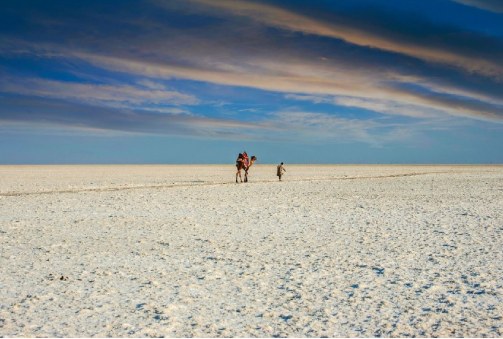
Day 13 - Bhuj-Anjar Market-Gondal (281 km, 5 hours and 50 minutes)
After breakfast, Departure for Gondal.
En route visit Anjar Market :- It is impossible to come to Anjar and go back home empty handed as the markets of the town offer an exciting array of metal handicrafts. Different communities come together in the town to celebrate the Jesai-Toral fair.
Royal Garages :- Royal Garages have a large collection of vintage and classic cars from 1910 to 1955, limousines and sports cars from 1950 and 1960, American cars from 1940 and 1950 and a fleet of four wheel drive vehicles from the Second World War and post war.
Naulakha Darbargadh Palace :- was built in the 17th century. This palace is one of the oldest and beautiful palaces in Gondal. This palace is situated on the banks of the river on a large brick base, about 30 meters above the river bed.
Bhuvaneswari Ayurvedics :- Bhuvaneswari Ayurvedics belongs to a family of Ayurvedic doctors, which has a traditional history of more than 250 years. They also export and manufacture Ayurvedic medicines. All the medicines are prepared using traditional method with advanced equipment under the supervision of our Ayurvedic doctor
Overnight stay in Gondal.

Day 14 - Gondal-Junagadh-Sasan (140 km, 3 hours and 40 minutes)
After breakfast, Departure for Sasan.
En route visit Junagadh, Uparkot Fort:- Said to have been built in 319 BC, the fort was the architectural work of Chandragupta. But the fort has changed hands many times. Remains of different rulers can be seen in some parts of the structure.
Uparkot Cave:- Uparkot Caves, also Uperkot Caves, are ancient artificial caves. The caves are part of the Junagadh Buddhist Cave Group located in the eastern part of Junagadh in the Indian state of Gujarat.
The Khapra Kodiya Caves:- The Khapra Kodiya Caves are part of the Buddhist cave group of Junagadh. They are the oldest of the caves in the group. The caves, based on scribbles and short cursive letters on the wall, are dated to the 3rd-4th century BC during the rule of Emperor Ashoka.
Mahabat Maqbara:- Mahabat Maqbara and Bahauddin Maqbra are mausoleums in Junagadh, Gujarat, India. They were completed in 1892 and 1896 respectively and are dedicated to Mahabat Khan II, the Nawab of Junagadh state and his minister Bahauddin Hussain Bhar respectively.
Adi-kadi Vav:- Adi-kadi Vav, built in the 15th century, is entirely carved out of hard rock. A narrow flight of 120 steps cuts through the stone to meet the well-shaft deep in the stone. Two different legends claim to explain the name of the well
Overnight in Sasan.
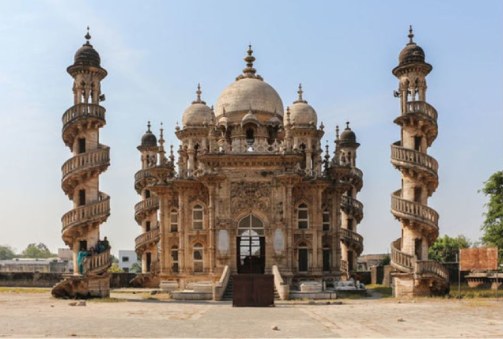
Day 15 - Sasan-Gir-Sasan
After breakfast we proceed for the Lion safari
Gir National Park has been synonymous with the majestic Asiatic lions since time immemorial. And Sasan Gir is the only place in Asia where these lions can be spotted in the wild. Moreover, Gir is endowed with a rich variety of flora and fauna in the Indian subcontinent. A diverse amalgamation of over 600 species of wildlife including 41 species of mammals, 47 species of reptiles and over 300 species of resident and migratory birds offers visitors serene and mesmerizing experiences in the vast expanses of the forest.
Overnight in Sasan
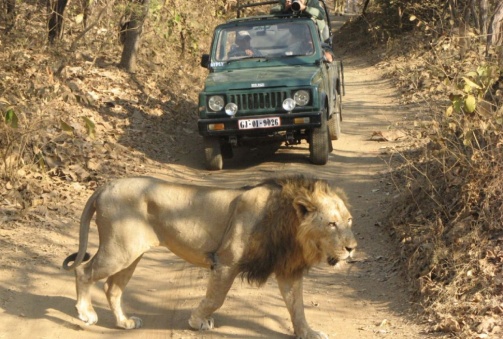
Day 16 - Sasan-Somnath-Diu (138 Km, 4 Hours)
After breakfast the day begins.
On the way you visit a town Somnath.
Somnath Temple: - Somnath Temple, also called Somanātha Temple or Deo Patan Temple, is a Hindu temple located in Prabhas Patan, Veraval in Gujarat, India. It is one of the holiest pilgrimage sites for Hindus and is believed to be the first among the twelve jyotirlinga shrines of Shiva.
Departure for Diu.
Naida Caves: - Naida Caves, Diu are located outside the city walls of Diu Fort, the caves feature a large network of square-step tunnels, which is yet to be fully explored, built by the Portuguese.
Diu Fort: - Diu Fort is a Portuguese-built fortification located on the western coast of India at Diu. The fort was built as part of the defensive fortifications of Portuguese India on the eastern end of the island of Diu in the 16th century.
Overnight stay in Diu.
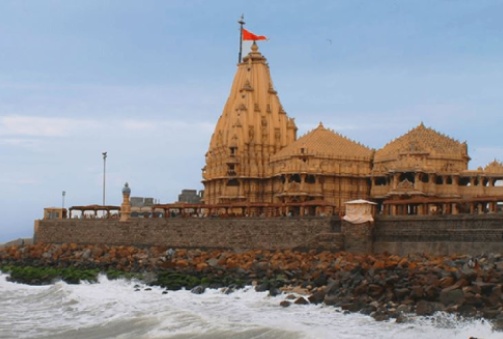
Day 17 - Diu-Vanakbara-Palitana-Bhavnagar (200 Km, 4 hr Hours) (Half board with buffet dinner)
After breakfast the day begins.
This day You have to get up early, to visit the fishing village of Vanakbara , a charming fishing village and one of the highlights of the island. It is great to wander around the harbor, full of colorful fishing boats and lively activities, the best around 06:30 to 08:00 when the fishing fleet returns and sells their catch.
We return to the hotel for breakfast.
After breakfast, depart for Bhavnagar.
En route visit a Palitana town :- Palitana which is located 60 km from Bhavnagar. The Palitana hills are known as the "Abode of the Gods" and are covered with 863 Jain temples spanning a period of over 900 years.
On arrival at Bhavnagar transfer to hotel.
Overnight stay at Bhavnagar.
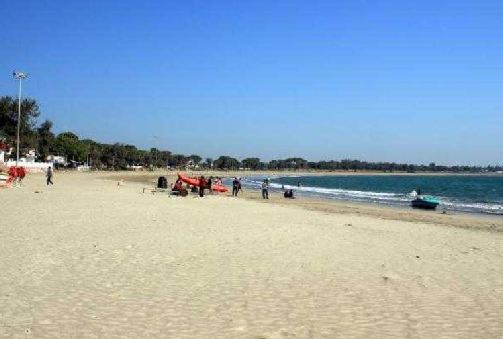
Day 18 - Bhavnagar (Half board with buffet dinner)
After breakfast the day begins.
Takhteshwar Mahadev Temple: - Brief History: The temple is believed to have been commissioned by Maharaja Takhtsinhji in 1893 A.D. He was anointed as the Maharaja of Bhavnagar, after the death of his father, Jaswantsinhji in 1870.
Barton Museum: - Barton Museum is located on the ground floor of Gandhi Smriti, where you can find a wide range of artefacts like religious sculptures and nutcrackers representing the culture of Saurashtra.
The Market: - Bhavnagar has interesting local markets. This ancient city of Gujarat has some ancient souvenirs spread across genres like embroidered clothes, jewellery, intricate woodwork and handicrafts. There are a number of street markets and local malls that offer a fulfilling shopping experience in Bhavnagar.
Overnight stay at Bhavnagar.
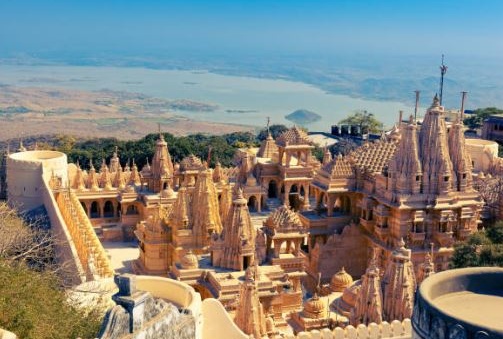
Day 19 - Bhavnagar-Lothal-Vadodara (225 Km, 4 Hours and 35 Minutes)
After breakfast, drive to Vadodara.
Along the way you will visit the archaeological site of Lothal (closed on Fridays and public holidays ) is one of the most important cities of the ancient Indus Valley civilization, located in the Bhāl region of the modern state of Gujarāt and dating back to 3700 BC. Discovered in 1954.
On arrival in Vadodara visit Aurobindo Ashram: - Built in 1896, Aurobindo Ashram (also known as Aurobindo Nivas) in Dandia Bazaar is the only national memorial in Vadodara.
Khanderao Market: - Khanderao Market is a famous and palatial building located in the city of Vadodara in Gujarat, Western India. It was erected by Maharaja Sayajirao Gaekwad III in 1906, named after Khande Rao Gaekwad, Maharaja of Baroda
Overnight stay in Vadodara.
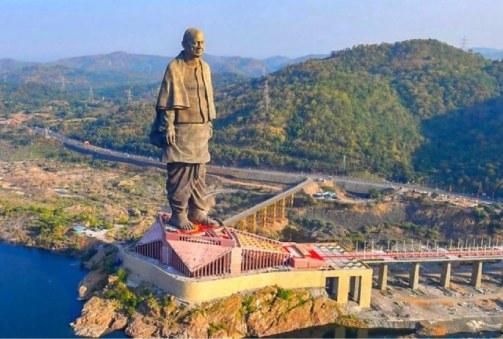
Day 20 - Vadodara-Jambaugoda (100 Km, 2 Hours)
After breakfast, drive to Jambaugoda.
Weekly tribal market is visited to see the Rathwa and Dhanka tribes in and around the region. There is a town called Alirajpur of the Rathore Rajput rulers and from Rathore came the RATH region and from Rath the tribals are called Rathwa.
Subsequently, Bhasha Research and Publication Centre (closed on Sundays and holidays) The Adivasi Academy is established by Bhasha at Tejgadh in Chhotaudepur district of Gujarat as an institute to combine the functions of the country’s national academies, museums and literary bodies, while respecting Adivasi culture, arts and literature.
Overnight stay at Jambughoda.

Day 21 - Jambughoda-Champaner-Pavagadh-Ahmedabad (205 Km, 4 Hours)
After breakfast, drive to Ahmedabad.
Along the way you will visit Champaner-Pavagadh archaeological park
Champaner is an ancient fortified city. There are two stories about the origin of the name of this city. Some believe that it was named after Champaraj who was the founder of the city, while others believe that the city was named after the champa tree that is found here.
Nagina Masjid (meaning "jewel mosque") is a mosque in Champaner, Gujarat, western India. It was built during the period of Mahmud Begada, in the 15th century, like many other masjids, such as Kevada, Bawaman, Ek Minar, Jama, Khajuri and Shahar Ki. It has minarets, globe-shaped domes and narrow staircases. It is part of the Champaner-Pavagadh Archaeological Park, a UNESCO World Heritage Site
Overnight stay in Ahmedabad.
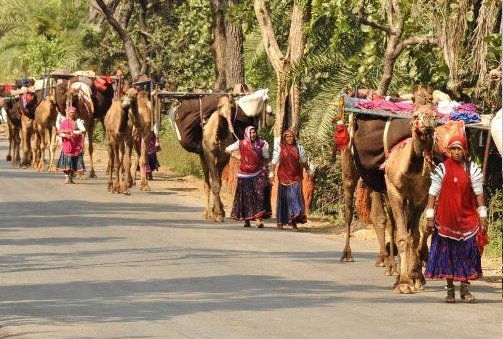
Day 22 - Ahmedabad-Next Destination
Transfer to the international airport as per flight schedule.
Ciao India Tours wishes you a pleasant journey.
Inclusions:
- 21 nights’ accommodation in 3 star/Heritage hotels with breakfast, including all existing taxes.
- All transfers from the airport to the hotel and vice versa.
- Meet and assist upon arrival/departure by our representative at the airport.
- Transfers, sightseeing, excursions as per air-conditioned program with Innova crysta car or similar.
- Lion safari in Gir.
- One bottle of water per person per day.
- All taxes included.
- Toll, Parking, Fuel, Driver's accommodation.
Exclusions:
- Visa, International flight, Health insurance, cancellation of flights, trains, Tips, Tour guide, Monument tickets, Activities, Personal expenses, Camera etc.
- Everything that is not included in the inclusions.
